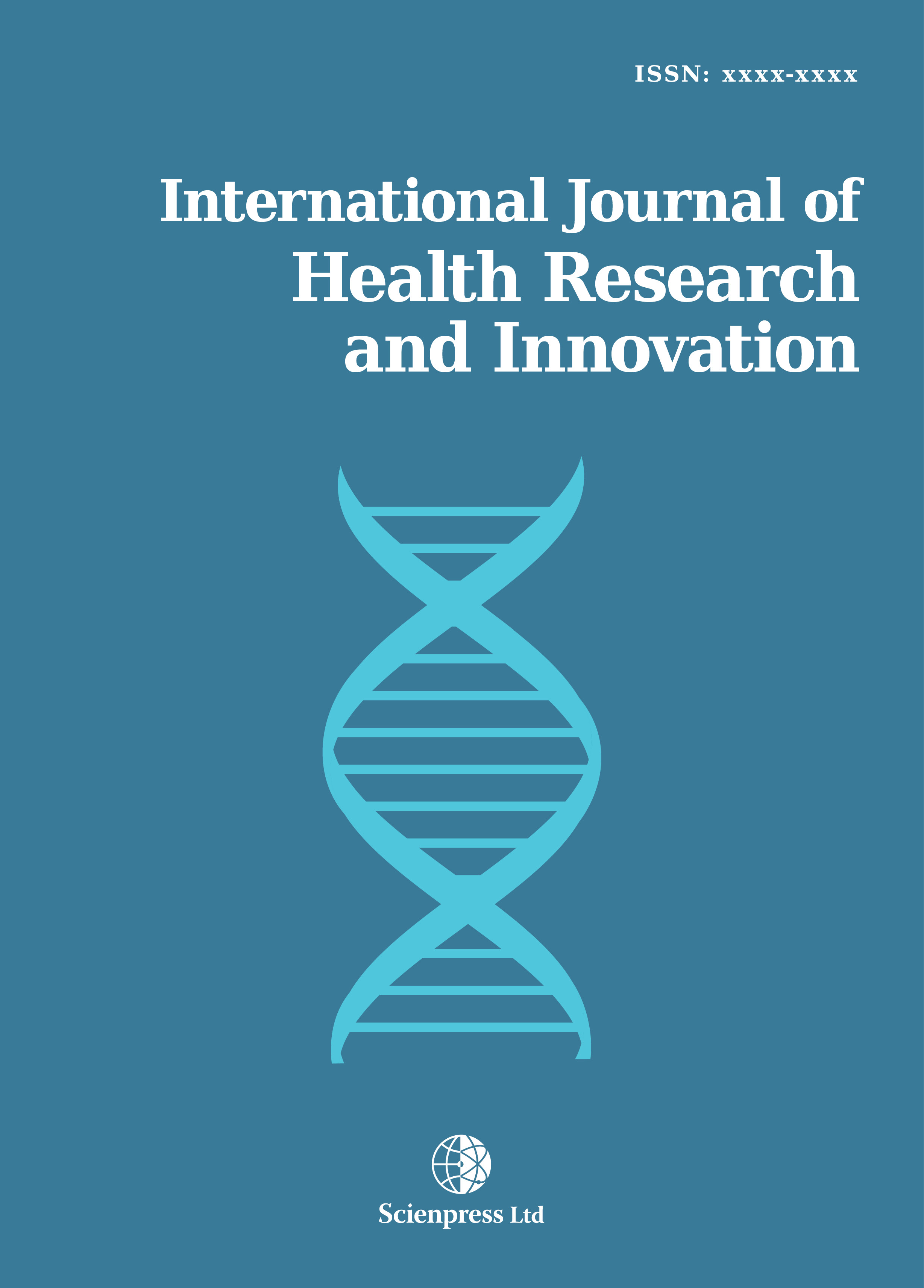International Journal of Health Research and Innovation
Sociological and Historical Survey of Childhood Diseases and Child Mortality in the Greek Lands during the 14th-18th Centuries
-
 [ Download ]
[ Download ]
- Times downloaded: 10307
-
Abstract
The aim of the present study is a sociological and historical survey of childhood diseases and child mortality in the Greek lands during the 14th-18th centuries. For this purpose Greek and foreign literature, internet sources as well as historical sources were reviewed. Methodologically, this study was based on a review of the relevant litera-ture and on research into historical sources related to childhood diseases and child mortal-ity in the Greek lands during the 14th-18th centuries. The main conclusions drawn were the following: a) the concept of the term “childhood” has historically varied widely according to both time and place and is defined by the living conditions, social structures and mental perceptions of each society and time period; b) while the factors of ‘time and place’ can aid us in understanding the historicity of childhood diseases and child mortality, the latter study helps us better appreciate specific social structures, attitudes and living conditions; c) with regard to the period in question, by international standards, a high prevalence of epidemic childhood diseases and a high percentage of child mortality is revealed, as a ref-lection of the general harsh social and financial circumstances of the age; d) it is revealed that childhood diseases in the Greek lands during the 14th-18th centuries had their sources in previous periods of time, were mostly pestilent and reflected the level of development of medicine and the social conditions of the time, while child mortality is seen to have been a problem with major social and demographic implications.
